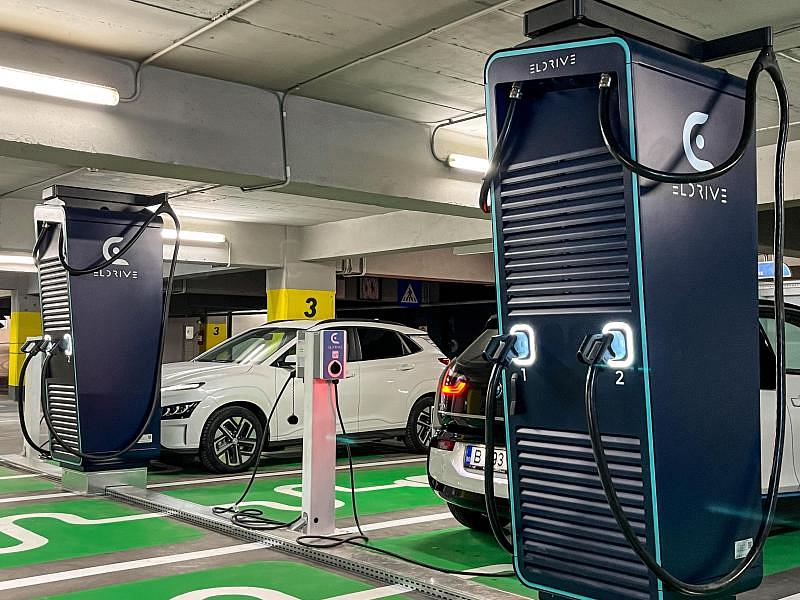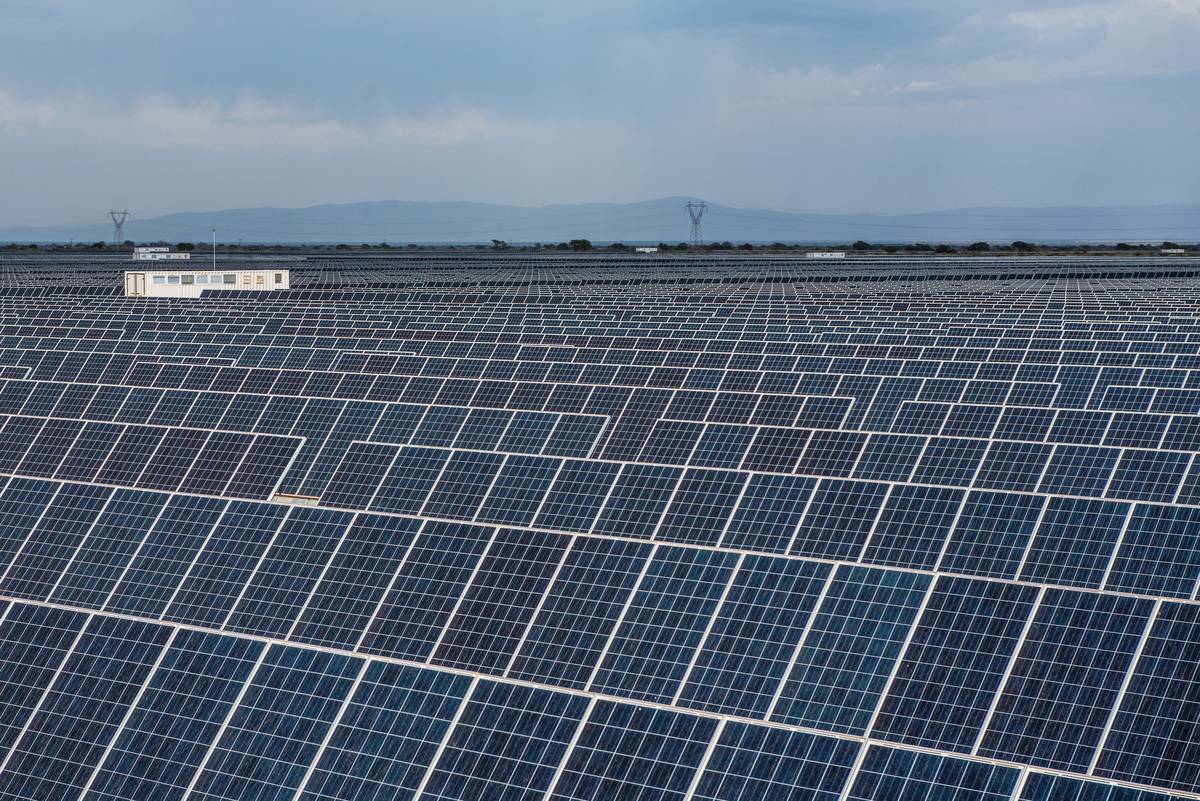he global solar rooftop market is poised for significant growth, with its value expected to surge from $104.9 billion in 2022 to $629.5 billion by 2029. This represents an impressive compound annual growth rate (CAGR) of 29.17% over the forecast period. Solar rooftops, which convert sunlight into electricity, are becoming increasingly popular as a sustainable energy source, contributing to the expansion of the solar energy market.
Drivers of Solar Energy Market Growth
The growing demand for clean and green energy is a key driver of the solar rooftop market. Consumers and businesses are increasingly turning to renewable energy solutions due to their cost-effectiveness, low maintenance requirements, and ability to reduce carbon footprints. The declining availability of conventional energy sources, such as coal, further propels the shift towards solar energy. As highlighted by the United Nations, material extraction and processing, along with fossil fuel usage, account for half of global greenhouse gas emissions. Solar rooftops help mitigate these environmental impacts by harnessing renewable solar energy.
Technological advancements and economies of scale have also played a crucial role in reducing the cost of solar panels. This price drop has made solar energy more accessible and financially viable for homeowners and businesses, accelerating the adoption of solar technology across various sectors.
Favorable Green Energy Policies Boost Solar Energy Investment
Government policies across the globe are increasingly supporting solar energy investment. Financial incentives and subsidies for solar projects are particularly prevalent in emerging economies such as China, Japan, and India. These policies not only promote the adoption of solar rooftops but also create opportunities for job growth in the labor-intensive installation process.
India, for instance, has made significant strides in its solar energy market, with installed capacity rising from 21,651 MW in 2018 to 70,096 MW by 2023. The country’s Production Linked Incentive (PLI) scheme aims to further boost renewable energy capacity, with a target of achieving 500 GW by 2030.
Similarly, the European Union’s Solar Rooftop Strategy includes mandates for solar installations on all new public and commercial buildings by 2026, with residential buildings following by 2029. Existing public buildings are also required to integrate solar technology by 2030. These initiatives are part of broader efforts to address the energy crisis and promote sustainable energy solutions across Europe.
Challenges in the Solar Energy Market
Despite the promising growth, several challenges could hinder the expansion of the solar rooftop market. While solar panel costs have decreased, the initial investment required for installation remains a significant barrier for some homeowners and businesses. Additionally, limited access to financing options in certain regions can further complicate the adoption of solar energy.
Moreover, not all rooftops are suitable for solar panel installation. Factors such as roof size, orientation, shading, and structural integrity must be carefully evaluated before installation. This complexity adds another layer of consideration for potential adopters, impacting the overall growth of the solar rooftop market.
Regional Market Analysis: North America Leads Solar Rooftop Adoption
North America is expected to hold a significant share of the global solar rooftop market during the forecast period. The region’s high level of development and urbanization drives substantial electricity consumption, increasing the demand for renewable energy solutions. Government initiatives, such as tax credits and incentives for solar installations, further fuel the growth of the rooftop solar market in North America.
For example, solar systems that begin construction between 2022 and 2033 are eligible for a 30% Investment Tax Credit (ITC) or a rate of 2.75 cents per kilowatt-hour (/kWh), providing substantial financial support for solar energy projects.
As the global energy market trends towards sustainability, the solar rooftop market is set to play a pivotal role in the future of renewable energy, driving both environmental and economic benefits.
Source:globenewswire.com





